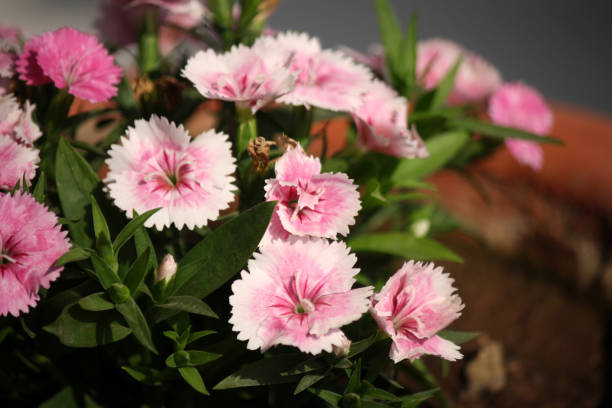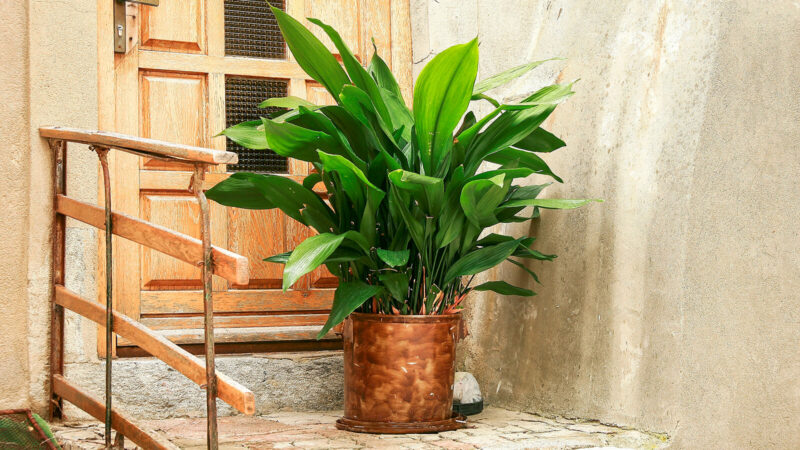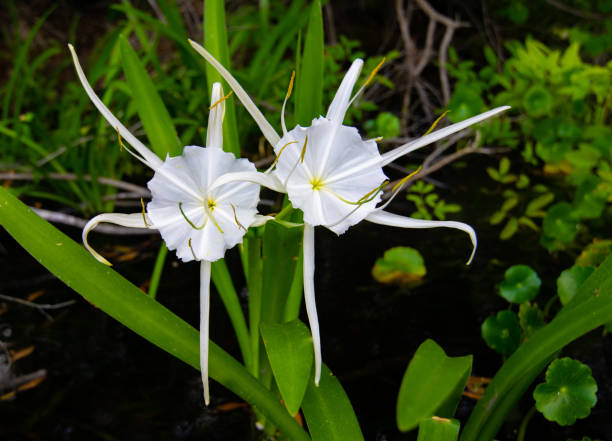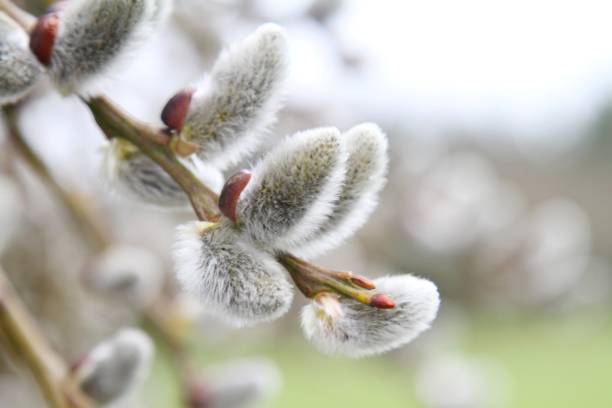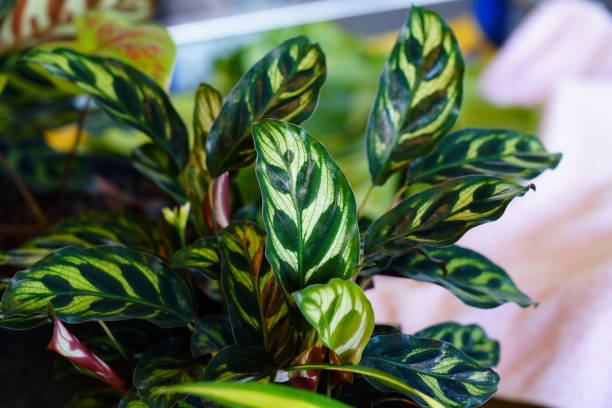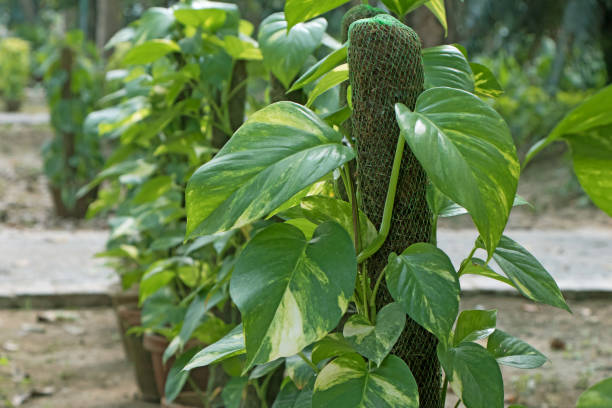How to Grow Baptisia Australis (False Indigo)? – Tips to Grow

If you love blue to see your garden filled with blue flowers, then trust me, Baptisia australis, also known as Blue False indigos, is the best option. Low-maintenance and long-lived False indigos make an amazing splash in the perennial borders.
These flowers were once popularly used by Europeans and Americans as dye before the availability of true indigo. Tru indigo was highly expensive, whereas Baptisia grew like a weed, and it made similarly colored dye. That’s why it was named False Indigo.
What is Baptisia Australis?
Common Name – False Indigo, Blue Wild Indigo
Botanical Name – Baptisia australis
Baptisia Australis or False indigo belongs to the pea family. It resembles the family in its flowers and foliage. In addition, it has a fondness for cooler weather like other members of the pea family. False indigo is different from other members of the pea family\ly due to its bold and beautiful flowers.
The eye-catching flowers are not the only part of the appeal in False indigos. These plants are virtually pest, tough, and disease-free perennials with fascinating seed pods, beautiful foliage, and a long season of interest. These plants are all you could expect from any perennial.
Leaves – False indigos have clove-live leaves with blue-green coloring.
Flowers – This plant grows pea-like flowers that start as tight buds, plump. These flowers grow on long racemes. They have a vivid blue color, usually with flecks of yellow or cream. The flowers are followed by seed pods, which indicate that they belong to the pea family.
Below mentioned are some of the facts related to False indigo that you should know if you are planning to plant one in your garden.
Size
False indigo grows like a shrub that is small with four to five feet height and three to four feet width. However, in most of the areas, it dies back to the ground during winter.
Exposure to Sun
False indigo requires sufficient exposure to the sun. If it does not get a sun exposure of at least six hours, then it can get floppy. Moreover, sun exposure also prevents the plant from fungus diseases.
Hardiness Zone
False indigos are highly perennial and adaptable in USDA hardiness zone3 to 10.
Time to Bloom
The False indigos bloom in late springs through the time of early summer. You can get beautiful seed pods like the pea pods if you do not deadhead the flowers. These seedpods turn rattle and dark in the breeze.
Varieties
Below mentioned are some of the amazing varieties of Baptisia plants.
White Wild Indigo – The botanical name for wild white indigo is Baptisia Alba. It is a similar plant and grows white flowers that are set against dark stems.
Purple Smoke – Its botanical name is Baptisia x Purple Smoke. It is hybrid with blue flowers having a purple eye in the center.
Twilite Prairieblues – The botanical name of this plant is Baptisia x varicolored Twilite Prairieblues. It has yellow flowers tinged with buttery yellow.
How to Grow Baptisia Australis?
If you want to grow Baptisia Australis in your garden, then here are some tips to help you.
Soil
Dry and well-draining soil is suitable to grow False indigo. It does not require specific soil pH; however, it grows best in the soil that falls between neutral to slightly acidic.
Planting
You can grow False indigo from seeds. However, they are slow to grow, and it will take around two to three years to grow flowers. But the beautiful flowers are worth the wait. If you plant a young False indigo plant, it will also take at least two years to get established before it starts to blossom.
Seeds of False indigo have a hard outer coating. So if you are planning to grow False indigo plant from seed, then it is better to make some scarifications as it will help in improving the germination.
All you need to do is soak the seed in hot water for eight hours before scarifying them. It will soften the seed, which in turn will help in growing the plant appropriately. False indigo plants have long taproots; therefore, they are difficult to separate. Nevertheless, they can also grow from cuttings.
How to Care Baptisia Australis Plant?
Baptisia plants require a lot of sunlight once they are established, and they are also extremely tolerant of drought. These plants do not require pruning; however, some gardeners remove the dark pods from the plants as a part of their plant care regimen.
False indigo plants do not require too much maintenance. All you need to do is water it regularly for the first year. Once established properly, they are highly tolerant of drought.
You can also enjoy the seed heads in these plants. The seed pods of this plant are highly attractive. Nevertheless, they can make the top of the flower heavy. In addition to this, they are prone to splitting open, especially in the pants that grow in partial shade. You can avoid this by providing modest shearing to your False indigo after flowering.
The leaves of False indigo become black and unattractive after the first hard frost. In addition to this, the False indigo plant also collapses by the mid-winter; therefore, cutting them back is usually suggested.
Pests and Problems
False indigo plants can get fungus diseases like powdery mildew, rust, and leaf spot if they are grown in crowded and damp conditions. Hence, it is important to ensure good air circulation around the False indigo plant. A yearly dose of fertilizers can also help in avoiding fungus diseases and few pests.
False indigo plants can be a welcome addition to all types of gardens. All it takes is a little patience and time, and your False indigo plant will provide you beautiful flowers for years and years to come.


